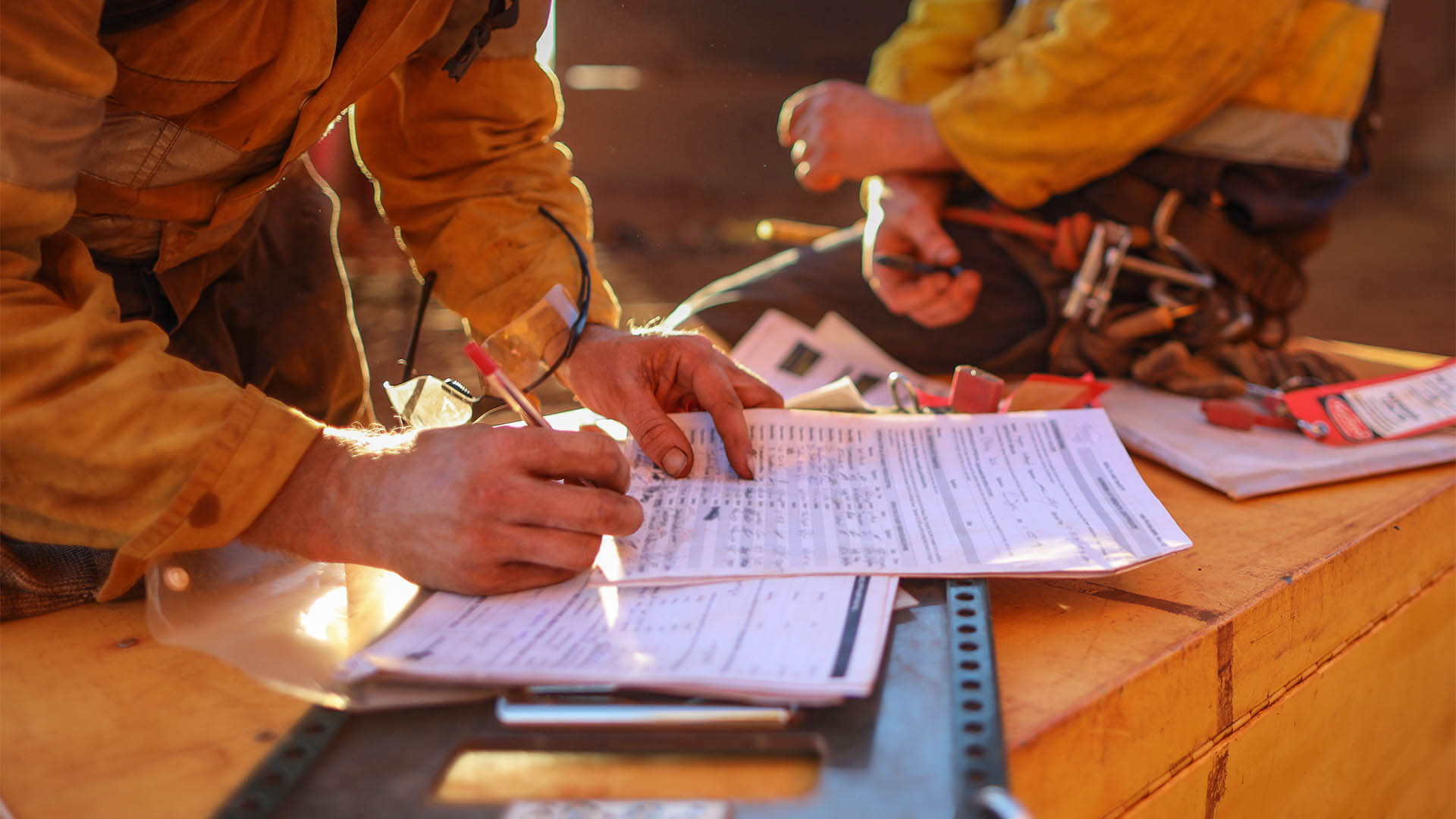The construction industry is said to be filled with a lot of risks and they may be very high. If you work or do business in this field, it can be helpful to have some of the best insights on how you can better manage these present hazards. In doing so, you can mitigate the present risks by creating a safer workplace for everybody, and accidents may also be mitigated.
Apart from safety, do note that there are legal standards that you’re required to follow. Otherwise, if the aforementioned factors aren’t met, you may run into trouble with regulators. Therefore, it’s a pressing need to comply with construction risk management for it’s a vital part of your daily operations.
This article details a complete guide to construction risk management for you to know where and how to possibly begin handling different hazards present in the workplace.
Start By Understanding The Different Sources Of Construction Risk
The first step in building a robust construction risk management system is understanding the different sources of construction risks. Typically, they would come along the lines of the following:
∙ Environmental risks, like flooding, earthquakes, and other natural phenomena;
∙ Safety risks, which depend on, and are inherent on construction sites, or also referred to as construction zone related-accidents and risks; and,
∙ Project risks, which are hazards relating to poor management of resources, misunderstanding of project deliverables, and miscalculation of time.
Cover The Basics First
Now that you’re aware of the possible sources of construction risks, it’s time to cover the basics first. Construction risk management may feel like a herculean task to succeed on if you’re overwhelmed by everything you have to handle in the workplace.
Hence, it helps to start dealing with the basics first, in your pursuit not just of managing construction risks, but also improving on-site safety culture. Start doing this by tackling the possible causes of some of the most commonly regarded injuries in the workplace. They’re along the lines of:
∙ Fractures;
∙ Overexertion;
∙ Cuts;
∙ Falls, slips, or trips; and,
∙ Sprains, strains, or muscle tears.
Once you’ve covered and identified these, that’s when you can begin assessing your current workplace’s situation to provide possible solutions in reducing the present risks. Once that’s covered, you can move on to the other less pressing needs in your construction workplace.
Determine Your Response Strategy
When it comes to your risk response strategy as a contractor, there’s no one-size-fits-all approach to finding a solution. Rather, it’s about considering the unique circumstances surrounding each of your construction sites and determining the appropriate risk response strategy.
Typically, a risk response strategy can be divided into four possible courses of actions:
∙ Accept the risk.
For you to be able to handle a risk properly, you’ve got to learn to accept it. In doing so, you can come up with all the strategies that you need to complete every single project, should the risk do come up.
For example, the long-term weather forecast tells you that it’s going to be a rainy spring. Therefore, this may entail expected delays brought about by the weather condition. You have to accept this risk for you to create solutions centered around still better managing the project. You can work your way around it and minimize the potential delays moving forward.
∙ Avoid the risk.
If you feel think your construction project will crumble if the risk arises and you’re unable to handle it, then you should strive to have strategies to avoid these risks from happening. For instance, if your current project location is sitting on an identified fault line, you can move the project’s expected completion date to find a better location where the risk of severe damage or falling due to an earthquake is much lesser.
∙ Mitigate the risk.
The process of minimizing the risk means creating plans to keep the chances of it affecting the workplace as low as possible. For instance, you know that the risk of falling debris and slips is always present. Rather than stop your employees from working, you can mitigate this risk by supplying the proper equipment and beefing your workers up with better training.
∙ Transfer the risk.
One can transfer the costs of the risk itself to another party, usually an insurance provider. While this means paying for premiums, it can be a worth-it exchange, as when accidents do happen, it’s the insurance company that’ll answer for the payables.
Conclusion
With this guide, now you can have a better assessment of how prepared your construction site is in the event of a disaster. While every construction project inherently has its own set of hazards, one can take control of them and turn the tide to their favor. The above mentioned tips can be your proactive approach towards having a better construction risk management system in place.
































